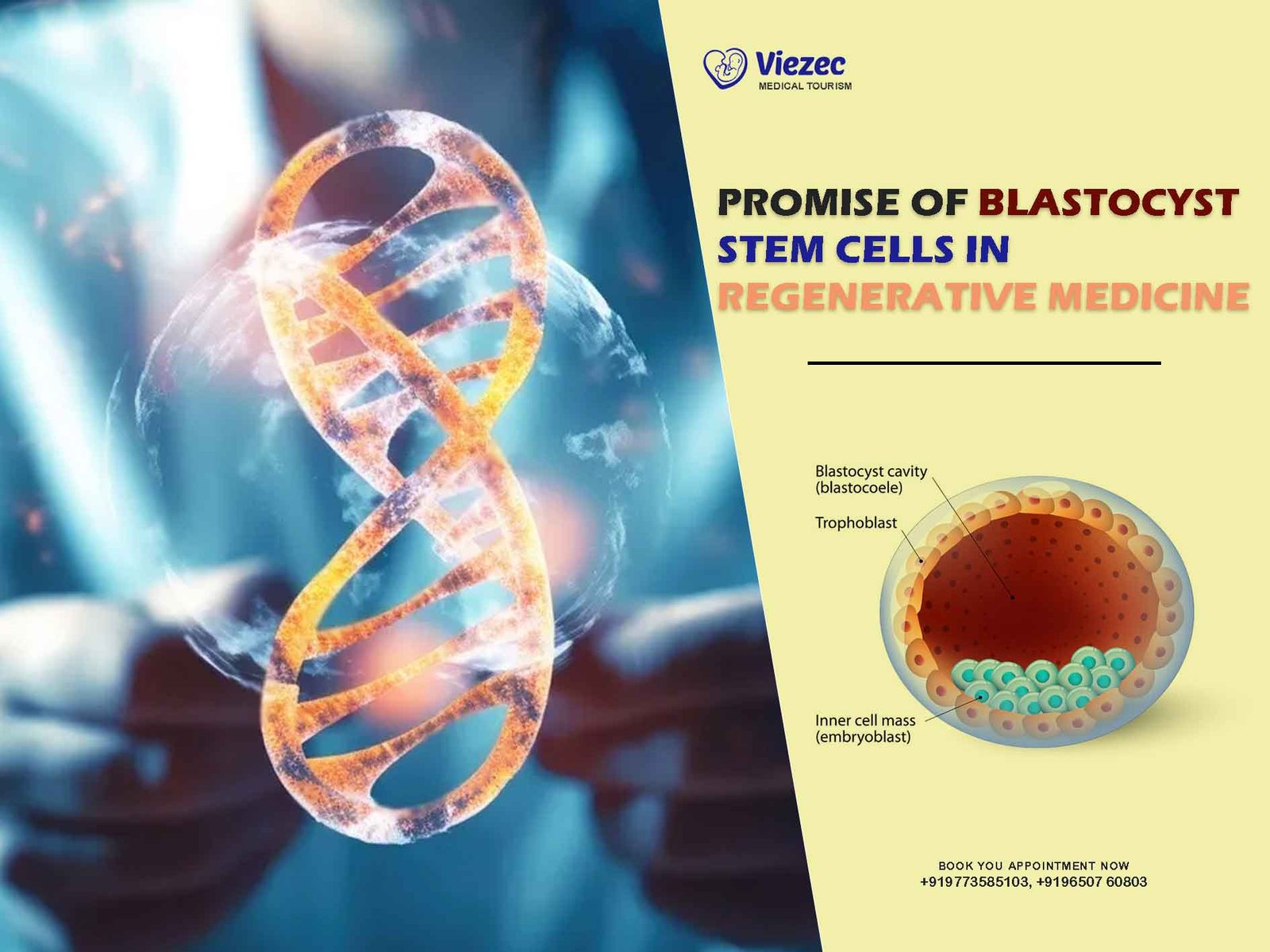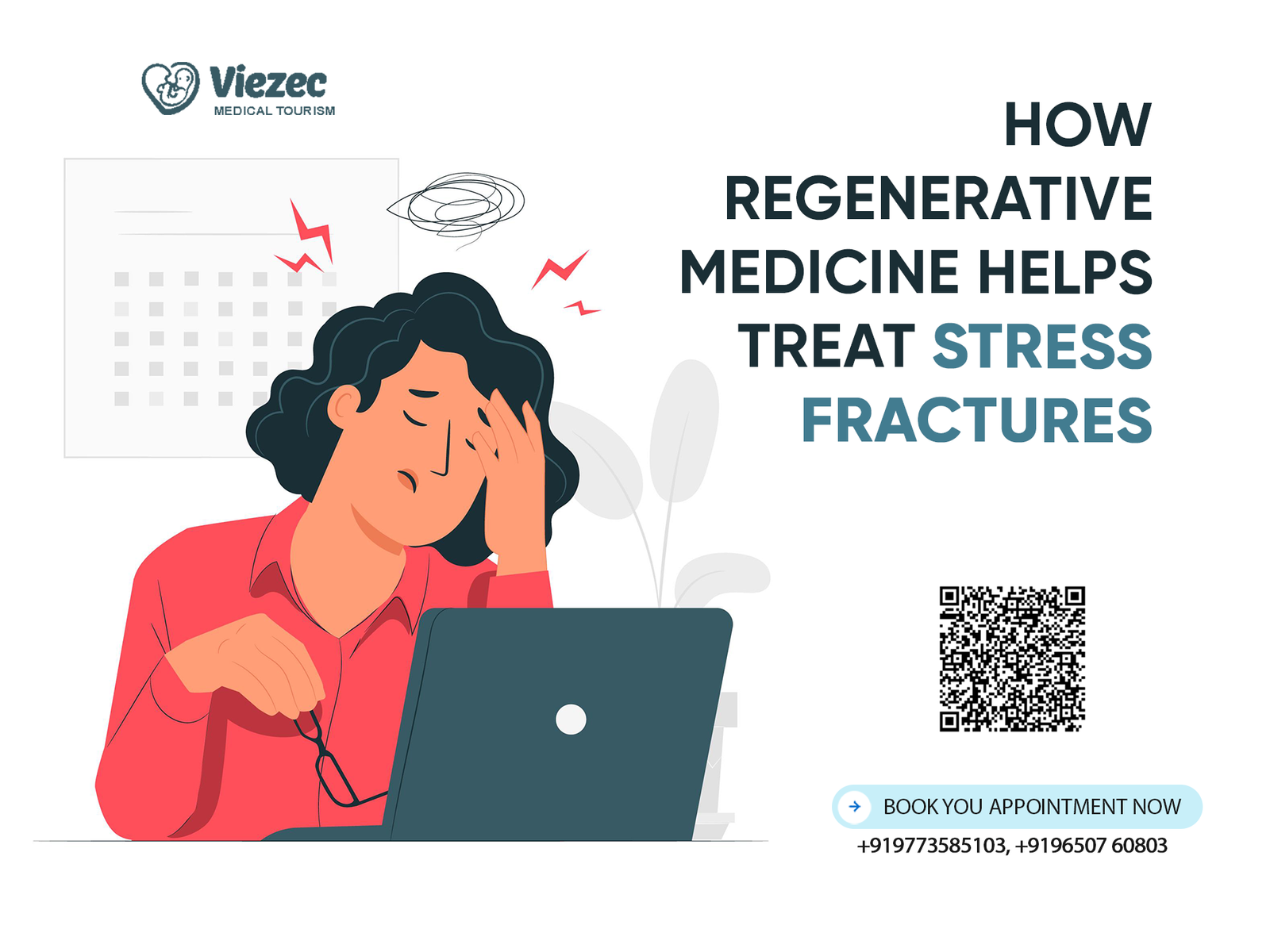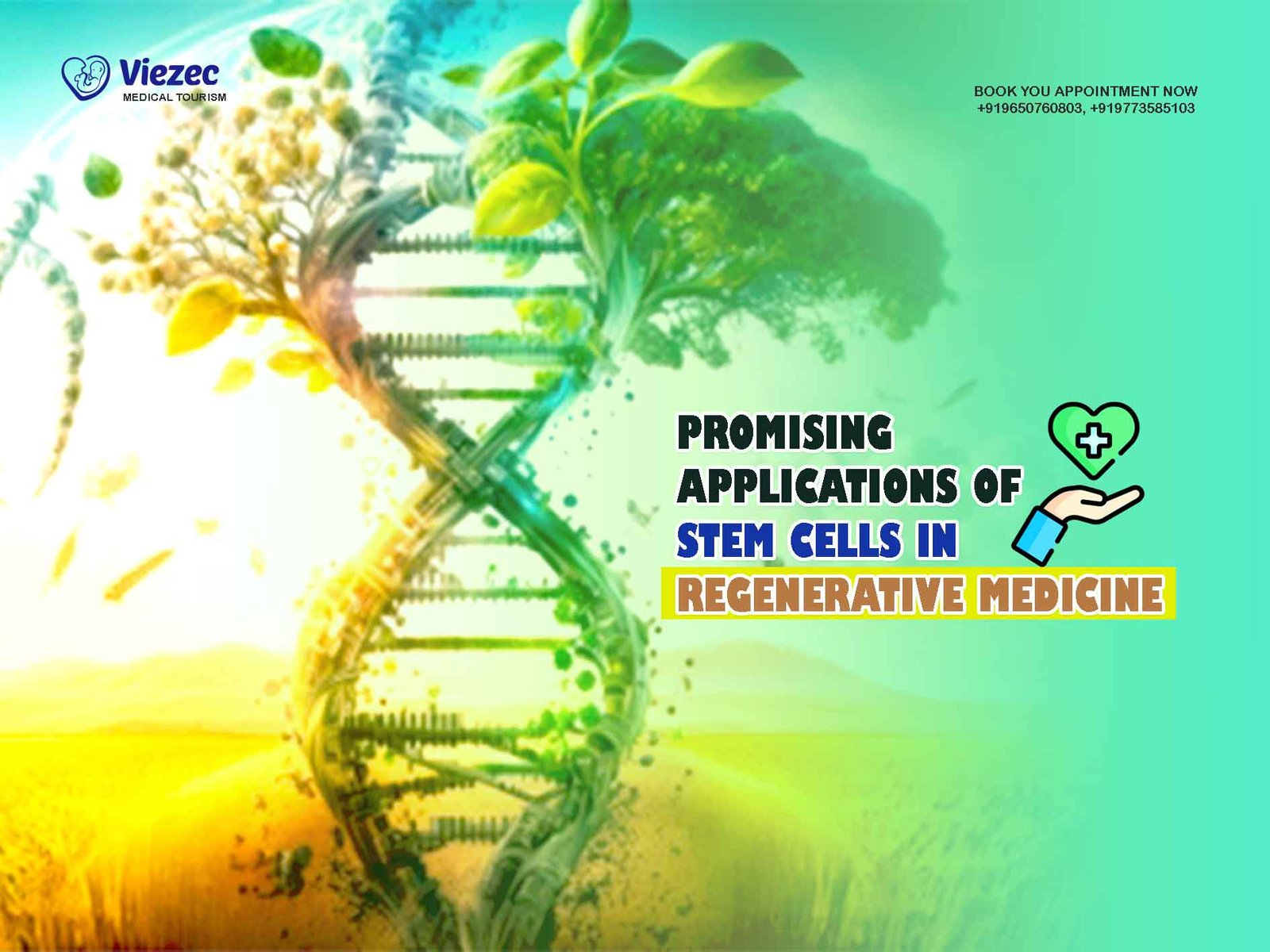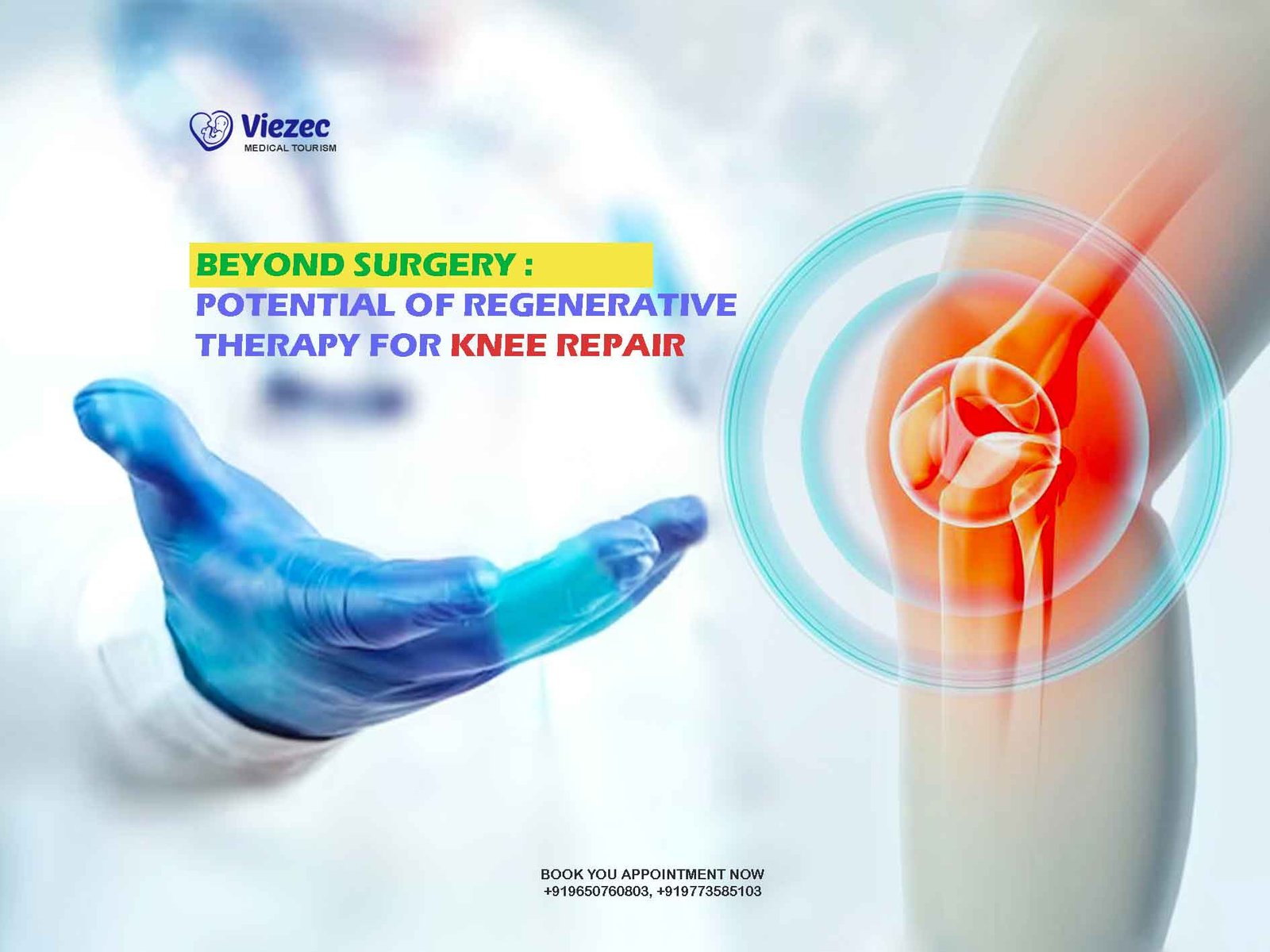Erectile dysfunction (ED) affects millions of men worldwide, impacting not just physical health but also emotional well-being and relationships. While conventional treatments like pills, pumps, or injections offer temporary relief, they often fail to address the root cause. This has led to growing interest in regenerative therapy — particularly stem cell and platelet-rich plasma (PRP) treatments — as a potential long-term solution. By promoting natural healing, repairing damaged blood vessels, and regenerating nerve tissue, regenerative medicine offers new hope for men struggling with ED. In this article, we explore whether regenerative therapy truly holds promise for restoring sexual function naturally.
Understanding Erectile Dysfunction (ED)
Erectile dysfunction (ED) is a common yet often underreported condition that affects men of all ages, particularly those over 40. To understand how regenerative therapy can help, it’s important to first explore what ED is, why it occurs, and how traditional treatment options may fall short in offering lasting solutions.
What Is Erectile Dysfunction and How Common Is It?
Erectile dysfunction is the consistent inability to achieve or maintain an erection firm enough for satisfactory sexual activity. It can be occasional or chronic, and it significantly impacts confidence, relationships, and quality of life. ED affects more than 30 million men in the United States alone, with prevalence increasing with age. However, it’s not just a natural part of aging — many younger men also experience ED due to lifestyle or health-related factors.
Causes and Risk Factors of ED
ED can result from a combination of physical, psychological, and lifestyle-related factors. Common physical causes include poor blood circulation, nerve damage, hormonal imbalances, diabetes, high blood pressure, and side effects of medications. Psychological factors like stress, anxiety, and depression also contribute. Lifestyle choices such as smoking, alcohol consumption, and lack of exercise further increase the risk. Identifying the root cause is essential for effective treatment.
What Is Regenerative Therapy?
Regenerative therapy is a cutting-edge medical approach that aims to restore, replace, or regenerate damaged tissues and cells in the body. Unlike conventional treatments that focus on managing symptoms, regenerative therapy promotes natural healing and long-term recovery. It includes innovative techniques like stem cell therapy and platelet-rich plasma (PRP) therapy to enhance the body’s repair mechanisms.
Introduction to Stem Cell Therapy
Stem cell therapy involves using the body’s own stem cells—or donated ones—to repair or replace damaged tissues. These cells have the unique ability to transform into different types of cells, including nerve, muscle, and vascular cells. In erectile dysfunction, stem cell therapy aims to regenerate penile tissues, restore blood flow, and improve nerve function for sustainable, natural results.
Platelet-Rich Plasma (PRP) and Other Regenerative Approaches
PRP therapy uses a patient’s own blood, processed to concentrate healing platelets and growth factors. When injected into targeted areas, PRP stimulates tissue repair, blood vessel formation, and cellular regeneration. In ED treatment, it helps rejuvenate erectile tissue. Other methods like shockwave therapy and exosome therapy are also being explored as regenerative solutions for sexual health.
How Regenerative Therapy Works in Tissue Repair
Regenerative therapy works by activating the body’s natural healing systems. Stem cells and PRP release growth factors and signaling molecules that reduce inflammation, boost blood circulation, and promote the growth of new cells and tissues. In the context of erectile dysfunction, this can lead to improved vascular function, nerve regeneration, and enhanced erectile performance over time.
How Regenerative Therapy Targets Erectile Dysfunction
Regenerative therapy offers a groundbreaking approach to treating erectile dysfunction by addressing the root causes rather than masking symptoms. Unlike conventional treatments, it focuses on healing damaged tissues, restoring blood flow, and rejuvenating nerve function. Through stem cells and growth factors, it promotes natural regeneration in penile tissue, leading to improved erectile performance over time.
Mechanism of Action: Repairing Damaged Vessels and Nerves
Erectile dysfunction often results from microvascular damage and nerve impairment. Regenerative therapy works by introducing biologically active cells and proteins—primarily stem cells and growth factors—that target these damaged areas. Once delivered to the penis, these elements stimulate repair of endothelial cells, regenerate smooth muscle tissue, and enhance nerve signal transmission, thereby restoring erectile function. Over time, this biological repair process improves the quality of spontaneous erections without the need for continuous medication or devices. It treats ED at a cellular level, making it a promising option for those unresponsive to traditional therapies.
Role of Mesenchymal Stem Cells (MSCs) in ED Treatment
Mesenchymal stem cells (MSCs) are a key component of regenerative therapy for erectile dysfunction. These multipotent cells can differentiate into various tissue types, including vascular and neural cells. When injected into penile tissue, MSCs help regenerate blood vessels and nerves, enhance tissue repair, and reduce inflammation. Their paracrine signaling also releases growth factors that further support healing and angiogenesis. MSCs have shown potential in preclinical and early clinical studies, especially for men with ED caused by diabetes, aging, or pelvic surgery. This cell-based approach targets the underlying dysfunction, offering the possibility of long-term improvement in erectile health.
Promoting Angiogenesis and Nerve Regeneration in the Penis
A healthy erection depends on both blood flow and neural stimulation. Regenerative therapies like stem cell and PRP treatments support angiogenesis—the formation of new blood vessels—which enhances penile circulation. Simultaneously, they promote nerve regeneration by stimulating growth factors that repair damaged nerve endings. This dual action helps restore erectile function by re-establishing the necessary pathways for vascular and neural communication. Improved blood supply ensures stronger, more sustained erections, while nerve recovery helps in achieving natural arousal responses. As a result, regenerative therapy addresses the physical foundations of ED and holds promise for more lasting and natural sexual health outcomes.
Clinical Evidence and Success Rates
Clinical studies and real-world data are increasingly highlighting the potential of regenerative therapies—especially stem cell and PRP treatments—in managing erectile dysfunction. While research is still evolving, early results show promising improvements in erectile function, particularly in men with underlying vascular or nerve-related issues. Safety and long-term success remain active areas of exploration.
What Do Studies Say About Stem Cell Therapy for ED?
Recent studies suggest that stem cell therapy can significantly improve erectile function by regenerating penile tissues, enhancing blood flow, and restoring nerve signaling. Clinical trials, including placebo-controlled studies, have shown measurable increases in International Index of Erectile Function (IIEF) scores. Although more large-scale trials are needed, initial data supports stem cells as a potentially effective treatment option.
Real-World Results and Patient Testimonials
Beyond clinical trials, patients undergoing regenerative therapy for ED have reported noticeable improvements in erection quality, duration, and sexual satisfaction. Many testimonials highlight the gradual but steady restoration of function without the dependency on medications. While individual results vary, real-world feedback continues to reinforce the promise of stem cell and PRP-based interventions.
Is Regenerative Therapy Safe for Erectile Dysfunction?
Regenerative therapy, particularly when performed using autologous stem cells or PRP, is generally considered safe with minimal risk of rejection or severe side effects. Mild discomfort or localized inflammation may occur but usually resolves quickly. However, safety depends on proper patient selection, experienced providers, and adherence to sterile techniques and clinical guidelines.
Comparing Regenerative Therapy to Traditional Treatments
Regenerative therapy is changing the way erectile dysfunction is treated by focusing on healing rather than just symptom relief. Unlike traditional methods such as oral medications or injections, regenerative options like stem cell and PRP therapies aim to restore natural function, offering patients the potential for long-term improvement and better quality of life.
How It Differs from Pills and Injections
Traditional ED treatments such as Viagra or penile injections work by temporarily increasing blood flow but do not repair underlying tissue damage. In contrast, regenerative therapies use stem cells or growth factors to regenerate blood vessels and nerves in the penis. This biological repair approach aims to restore erectile function naturally, without relying on medication before intercourse.
Long-Term vs. Short-Term Relief
Pills and injections provide short-term relief and often need to be used repeatedly before sexual activity, which can be inconvenient and lose effectiveness over time. Regenerative therapy focuses on long-term improvement by repairing the root cause of ED. Many patients report sustained benefits after a few sessions, reducing or even eliminating the need for ongoing treatment.
Cost and Accessibility in India and Globally
Traditional ED treatments are widely available and relatively affordable upfront, but the costs can add up over time. Regenerative therapies may have higher initial costs but can be more cost-effective long-term. In India, stem cell and PRP treatments are becoming increasingly accessible due to advanced medical infrastructure and lower pricing compared to Western countries, attracting medical tourists worldwide.
Who Is a Good Candidate for Stem Cell Therapy for ED?
Stem cell therapy for erectile dysfunction is not a one-size-fits-all solution. Ideal candidates are men who have not responded well to conventional treatments or those seeking a more natural, long-lasting approach. Factors like age, overall health, medical history, and underlying causes of ED play a crucial role in determining eligibility for this advanced regenerative treatment.
Age, Medical History, and Severity of Symptoms
While stem cell therapy can benefit men of various age groups, those between 35 and 70 with moderate to severe ED may see the most improvement. A thorough evaluation of medical history—such as heart disease, hypertension, or neurological disorders—is essential. Candidates should be generally healthy and committed to following pre- and post-treatment guidelines for optimal success.
ED After Prostate Surgery or Diabetes
Men who experience erectile dysfunction after prostate surgery or due to diabetes often respond well to stem cell therapy. These conditions typically involve nerve and vascular damage, which stem cells aim to repair. Clinical studies have shown encouraging outcomes for these groups, making them prime candidates for regenerative approaches when conventional ED treatments have limited effectiveness.
Consultation and Diagnostic Criteria
Before starting stem cell therapy, patients must undergo a comprehensive consultation. This includes a physical exam, detailed sexual health history, and tests like penile Doppler ultrasound to assess blood flow. Hormone levels and underlying health conditions are also reviewed. These diagnostic steps help determine if stem cell treatment is suitable and guide the personalized care plan.
What to Expect During Treatment
Patients considering regenerative therapy for erectile dysfunction can expect a minimally invasive, clinic-based procedure with little downtime. The process typically involves harvesting stem cells or platelet-rich plasma (PRP), followed by targeted injections into the penile tissue. Our medical team ensures comfort, safety, and precise delivery throughout, with a focus on long-term improvement and healing.
Stem Cell or PRP Harvesting Procedure
The treatment begins with collecting the healing agents from your own body. For stem cell therapy, cells are commonly extracted from bone marrow or adipose (fat) tissue under local anesthesia. In PRP therapy, a small amount of your blood is drawn and processed in a centrifuge to isolate growth factor-rich plasma. Both methods are safe and typically completed within an hour.
Injection Process and Recovery Time
Once the stem cells or PRP are prepared, they are injected into the penile tissue using ultrasound or image-guided technology for precision. The procedure is usually well-tolerated with minimal discomfort. Most patients can return to daily activities the same day. Mild swelling or bruising may occur, but these effects subside within a few days without affecting normal function.
Follow-Up and Post-Therapy Recommendations
After treatment, follow-up visits are scheduled to monitor progress and optimize results. Patients are advised to avoid sexual activity for a short period and follow a healthy lifestyle to support regeneration. Improvements in erectile function may appear gradually over weeks. Our team remains available to guide you through the recovery process and recommend any supportive therapies if needed.
Why Choose Viezec for ED Regenerative Treatment?
Viezec stands at the forefront of regenerative medicine in India, offering advanced stem cell and PRP therapies for erectile dysfunction. With a strong focus on research-backed treatments, personalized care, and international standards, we provide patients with safe, effective, and result-driven solutions. Discover why patients from around the world trust Viezec for ED recovery.
Our Expertise in Stem Cell Therapy
At Viezec, our team of experienced regenerative medicine specialists brings deep expertise in stem cell applications for sexual health. We utilize cutting-edge techniques to ensure the highest cell viability and targeted delivery. Our protocols are designed to address the root causes of ED—such as vascular damage and nerve dysfunction—ensuring natural, long-term improvement rather than temporary relief.
State-of-the-Art Facilities and International Protocols
Viezec offers a modern, high-tech environment equipped with clean-room laboratories, advanced imaging systems, and sterile treatment suites. All procedures are conducted under internationally approved protocols and strict quality control standards to ensure maximum safety and efficacy. Our commitment to innovation and excellence makes us a trusted destination for medical tourists seeking regenerative therapy in India.
Personalized Care and Patient Success Stories
Every patient at Viezec receives a customized treatment plan based on detailed diagnostics and medical history. We believe in treating the individual, not just the condition. From pre-treatment evaluation to post-therapy support, our team provides end-to-end care. Our growing list of success stories and satisfied patients reflects our commitment to restoring confidence and quality of life.
Frequently Asked Questions
Is ED Regenerative Therapy Painful?
Most patients report only mild discomfort during the procedure. Local anesthesia is typically used, making the process well-tolerated. There may be slight soreness or swelling afterward, which usually resolves within a few days.
How Long Do the Results Last?
Results can vary depending on the patient’s health and severity of ED. Many patients experience improvement within weeks, with results lasting several months to years. Maintenance sessions may be recommended for sustained benefits.
Are There Any Side Effects or Risks?
Regenerative therapies like stem cell and PRP are generally safe when performed by professionals. Mild swelling or temporary discomfort is possible. Serious complications are rare, especially under strict clinical protocols.
Final Thoughts: Is Regenerative Therapy the Future of ED Treatment?
As science progresses, regenerative therapy is emerging as a powerful and potentially game-changing treatment for erectile dysfunction. Unlike temporary fixes, it addresses the root causes by promoting tissue regeneration and vascular health. While it’s not yet a universal cure, ongoing advancements suggest that regenerative medicine may soon become a mainstream solution for ED sufferers.
Hope for Long-Term Natural Healing
Regenerative therapies like stem cell and PRP treatments aim to restore natural function by repairing blood vessels, nerves, and penile tissue. This approach goes beyond symptom management and encourages the body to heal itself from within. For men seeking lasting improvement without dependency on medication, regenerative therapy offers a promising alternative that prioritizes natural, long-term sexual health.
The Need for Continued Research and Innovation
Despite encouraging early results, regenerative treatments for ED are still in their evolving stages. Larger clinical trials and long-term studies are essential to confirm safety, efficacy, and optimal treatment protocols. Innovation in cell sourcing, delivery methods, and personalized medicine will shape the future of ED therapy, ensuring more reliable outcomes and wider accessibility for patients globally.









